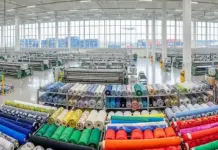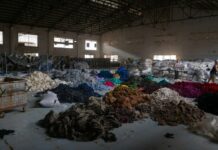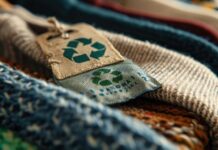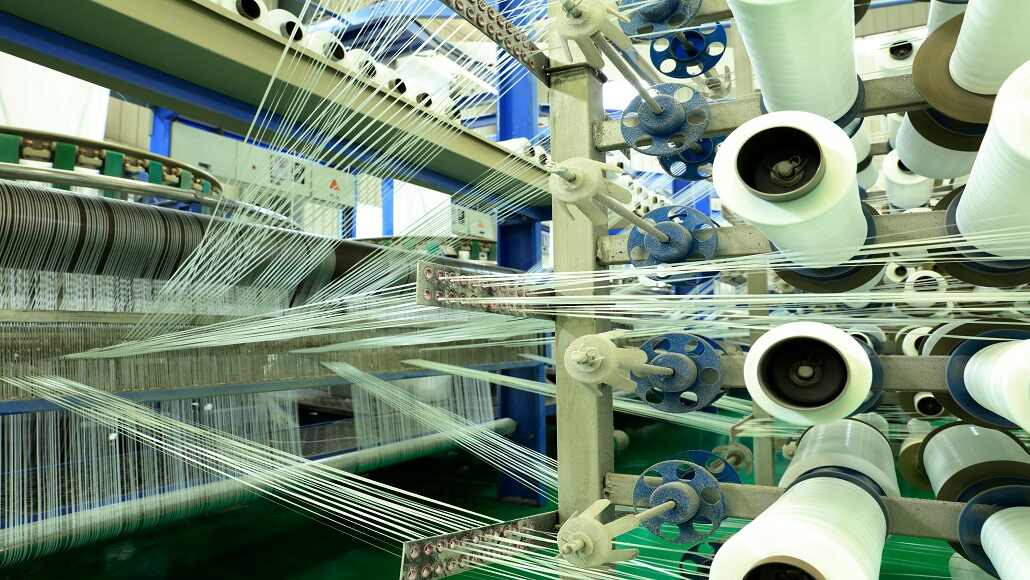Stakeholders in the Indian textile and apparel sector are calling on the government to tackle the structural challenges hindering their growth, as they aim for $100 billion in exports by 2030.
During a recent meeting in Coimbatore, industry representatives discussed the reasons behind nearly a decade of stagnant textile and apparel exports, which have remained between $37 billion and $42 billion in value. Participants expressed concern over the declining export volume.
To reach the ambitious $100 billion target by 2030, exports must grow at a compound annual growth rate (CAGR) of 17%. Achieving this goal will require an investment of $100 billion, contributing to an overall market size of $350 billion, which includes exports representing 10% of the global textile and apparel trade. However, the lack of viable returns on investment has led to hesitance within the industry to invest in expansion and capacity-building initiatives.
The meeting highlighted several structural issues, including fluctuating raw material prices and high labor costs, which pose significant challenges. Other factors such as capital costs, power tariffs, and longer lead times for order fulfillment were also discussed.
A key concern identified was the price of raw materials, with participants advocating for the removal of restrictions on imports and exports. As an immediate step, they suggested eliminating the import duty on cotton.
A report from AT Kearney Consulting and the Foundation for Economic Development noted that the government has implemented various schemes, including PM MITRA, PLI, and advance authorisation, aimed at addressing cost-related issues.
Stakeholders emphasized that for every ₹1 crore invested in the sector, approximately 60 direct jobs are created. The industry has achieved a global scale in segments such as spinning, home textiles, technical textiles, and denim. They asserted that to harness these strengths, capitalize on international market opportunities, and achieve growth, addressing these fundamental challenges is essential.



































